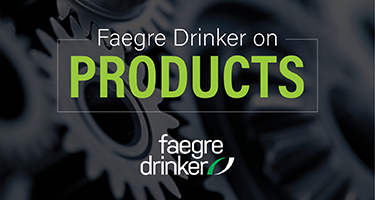Just before Christmas, the Pennsylvania Supreme Court delivered a lump of coal to products liability defendants: Sullivan v. Werner Co., 2023 WL 8859656 (Pa. Dec. 22, 2023), affirming a lower court ruling that barred evidence of a product manufacturer’s compliance with government and industry standards in a strict liability design defect case. The lower courts held that such evidence goes to due care and is relevant only to negligence, not strict liability. The affirmance appears to support the exclusion of such evidence in design defect cases based on a risk-utility theory, but leaves uncertainty for the future because only three justices joined the principal opinion; a fourth justice concurred with the result but concluded the record was inadequate to resolve the legal issue, while two others dissented.
Plaintiff sued the maker of a mobile scaffold which collapsed. Defendant served an expert report that relied in part on government (OSHA) and industry (ANSI) standards. Plaintiff filed a motion in limine to exclude evidence of compliance with those standards, relying mainly on Lewis v. Coffing Hoist Div., 528 A.2d 590 (Pa. 1987), which excluded such evidence in strict liability cases. But Defendant argued the Supreme Court’s later ruling in Tincher v. Omega Flex, 104 A.3d 328 (Pa. 2014), undermined Lewis by overruling Azzarello v. Black Brothers Co., 391 A.2d 1020 (Pa. 1978), a decision that had taken an extremely narrow view of the relevant facts in strict liability claims under section 402A of the Second Restatement of Torts. Tincher held that section 402A remained Pennsylvania law but “overruled Azzarello’s narrow construction . . . that prevented the jury from considering negligence-related rhetoric and concepts . . . .” Nevertheless, the trial court in Sullivan granted the motion in limine and an appellate court affirmed. Sullivan v. Werner Co., 253 A.3d 730 (Pa. Super. 2021).

